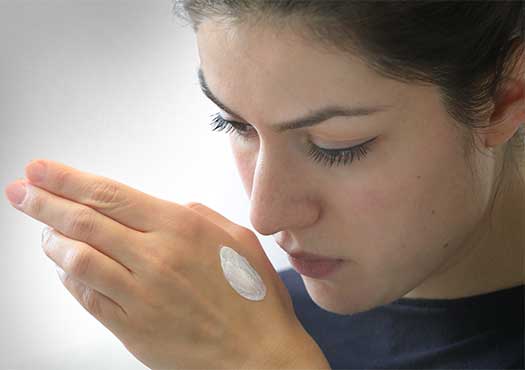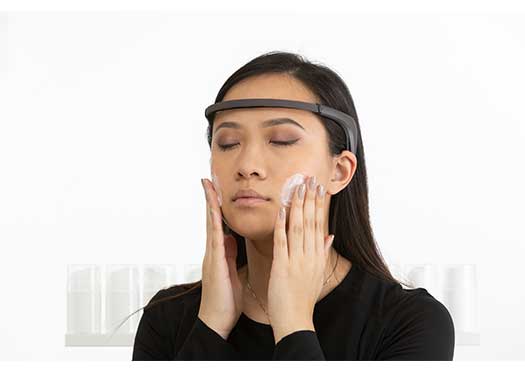Standardized prediction of reactions to odors with application-specific sensors and algorithms


Scents and fragrances elicit certain effects: What makes a scent calming or invigorating? Which fragrances do we find alluring? Which odors trigger disgust?
Until recently, research in the field of sensory perception has been a costly, time-consuming process, but this is about to change. Our researchers in the »PhysioToolbox« project aim to develop an automated process during which people are exposed to smells, and their effects on customers are recorded and analyzed. The aim is to establish a digital standard for evaluating the effectiveness of scents and fragrances, to facilitate research into fragrance properties. This will in turn build the foundation for successful, cost-efficient product development.
The researchers in the »PhysioToolbox« project aim to use sensor technology and automated evaluation algorithms to standardize the experimental conditions of previous research in the field of sensory perception, so that they can make comparable predictions about the effects of smells. The subjects’ sensory perception will be digitally mapped through a combination of sensory and psychological tests as well as physiological measurements. The responses will be then interpreted and analyzed using machine learning methods. To this end, we are testing a variety of sensor hardware for its ability to measure human physiological parameters, and developing innovative sensor technology for mobile devices.
Developing a mobile system for objective, location-independent measurements
This will result in a mobile system that, in the future, will also make it possible to measure reactions to odors and other sensory stimuli through an objective, location-independent process. As the system must be able to evaluate data automatically, in addition to researching and using innovative sensor technologies, the team is developing and testing algorithms. A high-throughput process records the test subjects’ pulse, respiration, skin conductance and brain processes — these psychophysiological measurements are expected to result in a digital standard for evaluating scents and fragrances in air fresheners and various cosmetic applications. Advanced, automated data analysis methods, machine learning algorithms and optimized sensors will pave the way to this pioneering development.
First of all, our researchers at Fraunhofer IVV will analyze and review existing data. Then, on the basis of both this data and existing results from the field of odor and perception research, they will develop an innovative evaluation tool.
Automated data analysis methods, machine learning and sensor technology in odor and perception research
Thanks to our many years of experience in odor and perception research, as well as our specialization in algorithm and model development, we have built up exceptional interdisciplinary expertise in the field of product performance. This expertise enables us to develop and adapt tailor-made technologies for recording psychological and physiological reactions. We can then adjust the corresponding algorithms and models to suit the relevant research questions and study designs during development, thus enabling automated, meaningful and effective data evaluation.
Toolbox for digitalized mapping of sensory perception effects
An automated process for researching how odors stimulate and effect customers is primarily relevant for the evaluation of scents and fragrances in air fresheners and cosmetics products. The process would allow for quick, cost-effective analysis of fragrance properties, ensuring successful product development. This novel method and the knowledge that can be derived from it can also be applied to food products and various everyday consumer goods and commodities. Among other things, the toolbox can be used to introduce new ingredients or products and to validate marketing claims. The research results are therefore particularly significant for various medium-sized and large companies.
 Fraunhofer Institute for Process Engineering and Packaging IVV
Fraunhofer Institute for Process Engineering and Packaging IVV